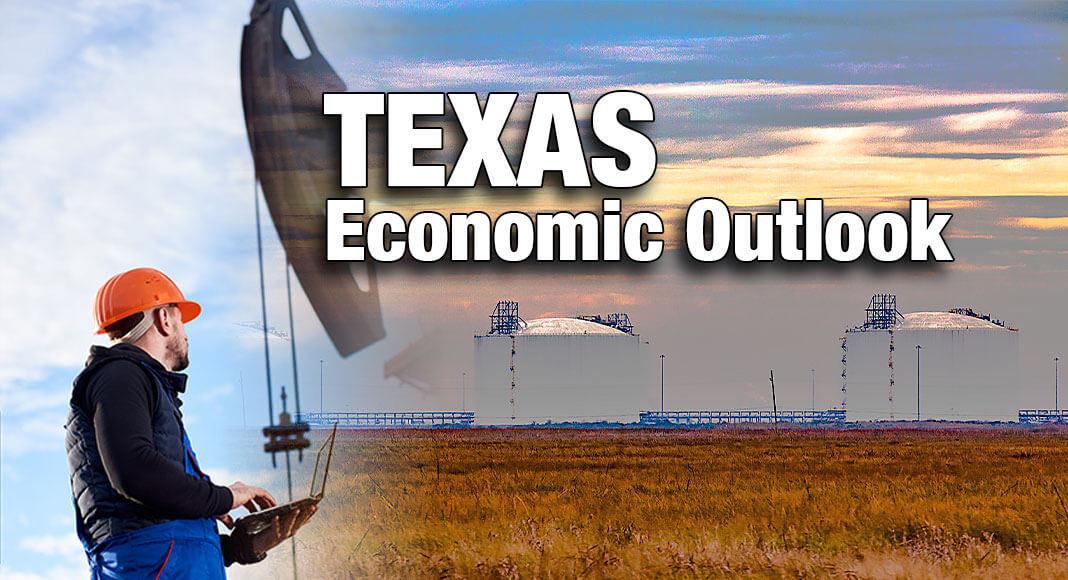
Texas Border Business
Despite incessant headwinds, the Texas economy has been performing quite well, regaining ground lost during the COVID-19 shutdowns and then some. In fact, the increase in Texas jobs between February 2020 (just before the pandemic) and October 2022 represents more than 80% of the net gain in the entire country. While the state is well positioned to remain formidable, there are daunting challenges. Let’s take a brief gaze into the long-term horizon.
The difficulties facing the national and global economies will clearly affect Texas. After all, the state is responsible for about one-sixth of all US exports. Inflation has remained stubbornly high and is just now beginning to ease, and the Federal Reserve response has fostered rising interest rates and recessionary fears. Housing markets are also reacting, with some buyers priced out of the market, builders pausing plans, and sellers reducing prices.
Because the Texas economy is on more solid ground than many areas, it will likely weather any national slowing or downturn better than most regions. Additionally, state housing markets have been more closely tied to underlying growth rather than speculation or temporary relocations by remote workers. While some reduction in prices is likely (and, in fact, a positive development given the lack of affordability), a major crash with long-lasting implications is highly improbable.
Texas’ younger population bodes well for meeting long-term workforce needs, although it is obviously essential that young people in the state receive the education and training required to be prepared for the jobs of the future. Many areas of the United States (and, in fact, the nation as a whole) are actually seeing shrinking numbers of young people and will face acute worker shortages in the coming decades. Another factor which will prove to be an advantage to Texas is the ongoing in-migration to the state.
Long-term economic growth will be affected by future patterns in fossil fuel development. Texas is an essential partner to ensuring sufficient supplies to meet demand and ensure energy security. The state will also be a leader in renewable and emerging energy segments.
Our long-term forecast for the Texas economy indicates that almost 7.0 million net new jobs are expected to be generated over the 2021 to 2050 period, with the total reaching 19.9 million. Real gross product is projected to increase from approximately $1.6 trillion in 2021 to nearly $3.9 trillion in 2050.
Texas has long been among the fastest-growing states in the nation and was among the first to return to pre-pandemic employment levels. There are clearly positive and negative factors defining the long-term outlook, many of which are as of yet unknown, but the fundamentals suggest that the state economy will perform well through 2050 and beyond.
________________________________________________
Dr. M. Ray Perryman is President and Chief Executive Officer of The Perryman Group (www.perrymangroup.com), which has served the needs of over 3,000 clients over the past four decades.













